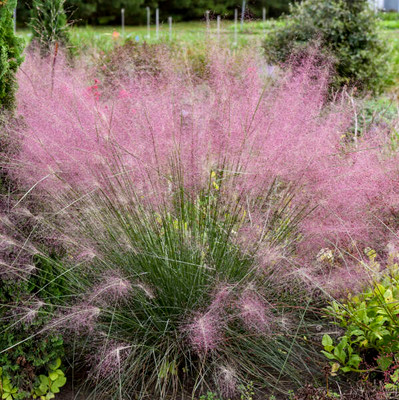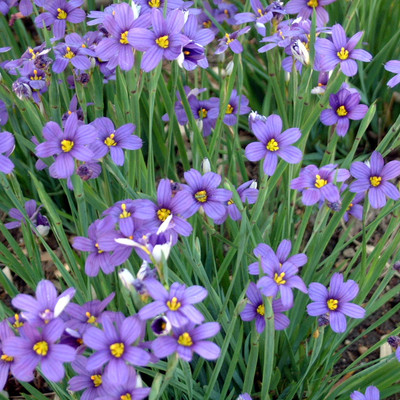Product Description
Feather Reed Grass - Calamagrostis brachytricha
Feather reed grass, scientifically known as Calamagrostis × acutiflora, is a popular ornamental grass cultivated for its elegant and feathery plumes and attractive foliage. It is a hybrid grass resulting from a cross between Calamagrostis epigejos and Calamagrostis arundinacea. Feather reed grass is valued for its versatility in garden landscaping and is commonly used in various garden settings, including borders, mass plantings, and as an accent plant. Here are some critical characteristics of feather reed grass:
- Foliage: Feather reed grass has narrow, upright foliage that is usually green, but there are cultivars with variegated leaves as well. The foliage forms a dense clump, creating a tidy and architectural look in the garden.
- Flowering: One of the main attractions of feather reed grass is its feathery plumes. These plumes typically appear in late spring to early summer and stand upright, creating an airy, graceful effect. The plumes change in color as they age, often starting as green or purplish and turning a soft tan or golden hue.
- Height: Feather reed grass varieties vary in height, with some growing to be around 3 to 4 feet tall and others reaching up to 6 feet or more. This variation makes it adaptable to different garden design needs.
- Growth habit: This grass has a neat and upright growth habit, making it an excellent choice for creating structure and contrast in the garden.
- Soil and Sun Requirements: Feather reed grass is typically easy to grow and adapts to different soil types but thrives in full sun to partial shade, making it versatile in various garden conditions.
- Maintenance: Feather reed grass is relatively low-maintenance. In late winter or early spring, you can cut back the previous year's growth to about a few inches above the ground to make way for new growth.
- Winter Interest: Even in the winter, feather reed grass can provide architectural interest with its dried plumes and foliage, making it a valuable addition to the garden year-round.
Feather reed grass (Calamagrostis x acutiflora) is a popular ornamental grass known for its elegant appearance and low maintenance requirements.
Here are some tips on how to care for feather reed grass:
- Planting:
- Needs a location with full sun to light shade. Feather reed grass prefers at least 6 hours of direct sunlight per day.
- Plant in spring or fall, ensuring the soil is prepared with organic matter for better moisture retention and nutrient content.
- Watering:
- Initially, water the grass regularly to establish its roots. Once installed, it is relatively drought-tolerant.
- Water infrequently, allowing the soil to dry slightly between waterings. Overwatering can lead to root rot.
- Pruning:
- Feather reed grass typically doesn't require heavy pruning. You can cut back the grass in late winter or early spring. Trim it down to a few inches above the ground to remove dead or damaged foliage.
- You can also lightly trim or deadhead the grass during the growing season to maintain a neat appearance.
- Fertilizing:
- Feather reed grass is not a heavy feeder. You can fertilize it in early spring with a balanced, slow-release fertilizer. Avoid high-nitrogen fertilizers that may encourage excessive leafy growth at the expense of flowering.
- Dividing:
- Every few years, consider dividing mature clumps of feather reed grass to rejuvenate the plant. This is usually done in early spring or late fall when the plant is dormant.
- Lift the entire clump, divide it into smaller sections, and replant the divisions in prepared soil.
- Pest and Disease Control:
- Feather reed grass is relatively resistant to pests and diseases. However, it would be best to watch for aphids, which can sometimes infest the grass. Use a strong stream of water to remove them, or consider applying insecticidal soap.
- Winter Care:
- In colder climates, the grass may die back in winter but will regrow in spring. In areas with heavy snowfall, you can leave the dead foliage as a natural protective cover. In milder climates, you can cut it back in late winter.
- Mulch:
- Apply mulch around the grass base to help conserve moisture, regulate soil temperature, and suppress weeds.
By following these care guidelines, you can enjoy healthy and beautiful feather reed grass in your garden. It's a versatile and attractive ornamental grass that can add a touch of elegance and movement to your landscape.
The Feather Reed Grass is a NON-Native plant.

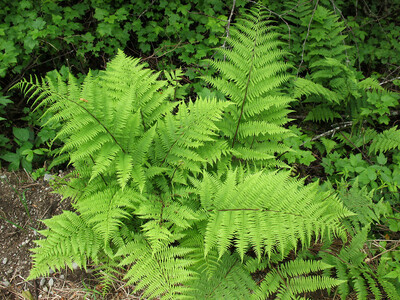 Native Ferns
Native Ferns
 Native Mosses
Native Mosses
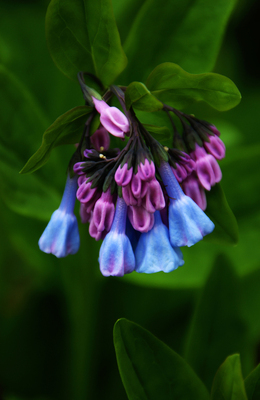 Native Perennials
Native Perennials
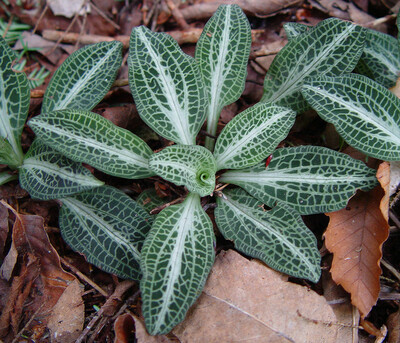 Native Ground Covers
Native Ground Covers
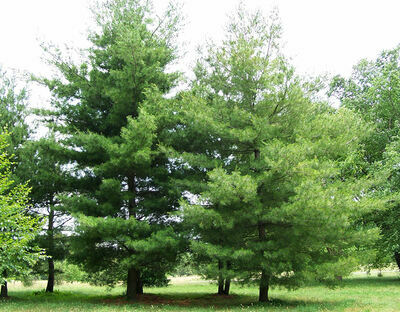 Native Trees
Native Trees
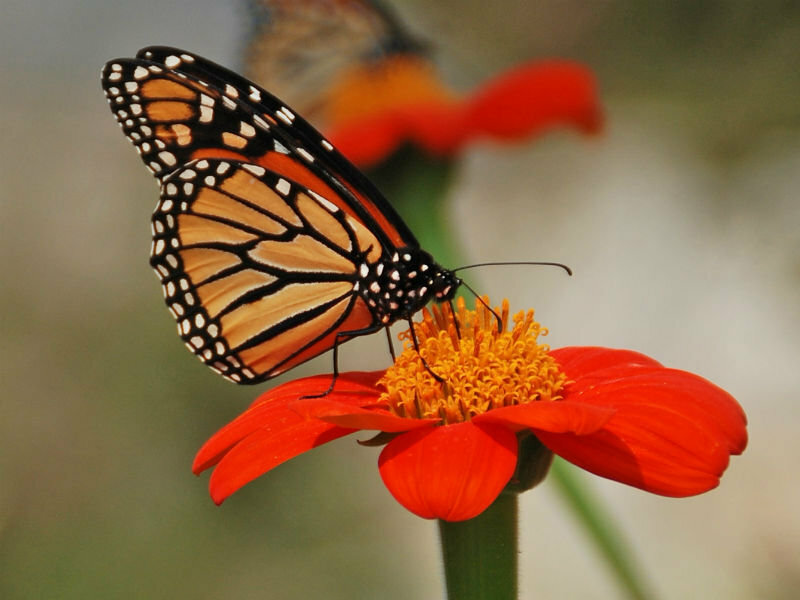 Pollinators
Pollinators
 Shop Bloom Color
Shop Bloom Color
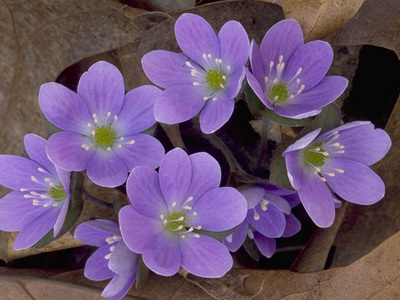 Perennials By Zone
Perennials By Zone
 Medicinal Herb Plants
Medicinal Herb Plants
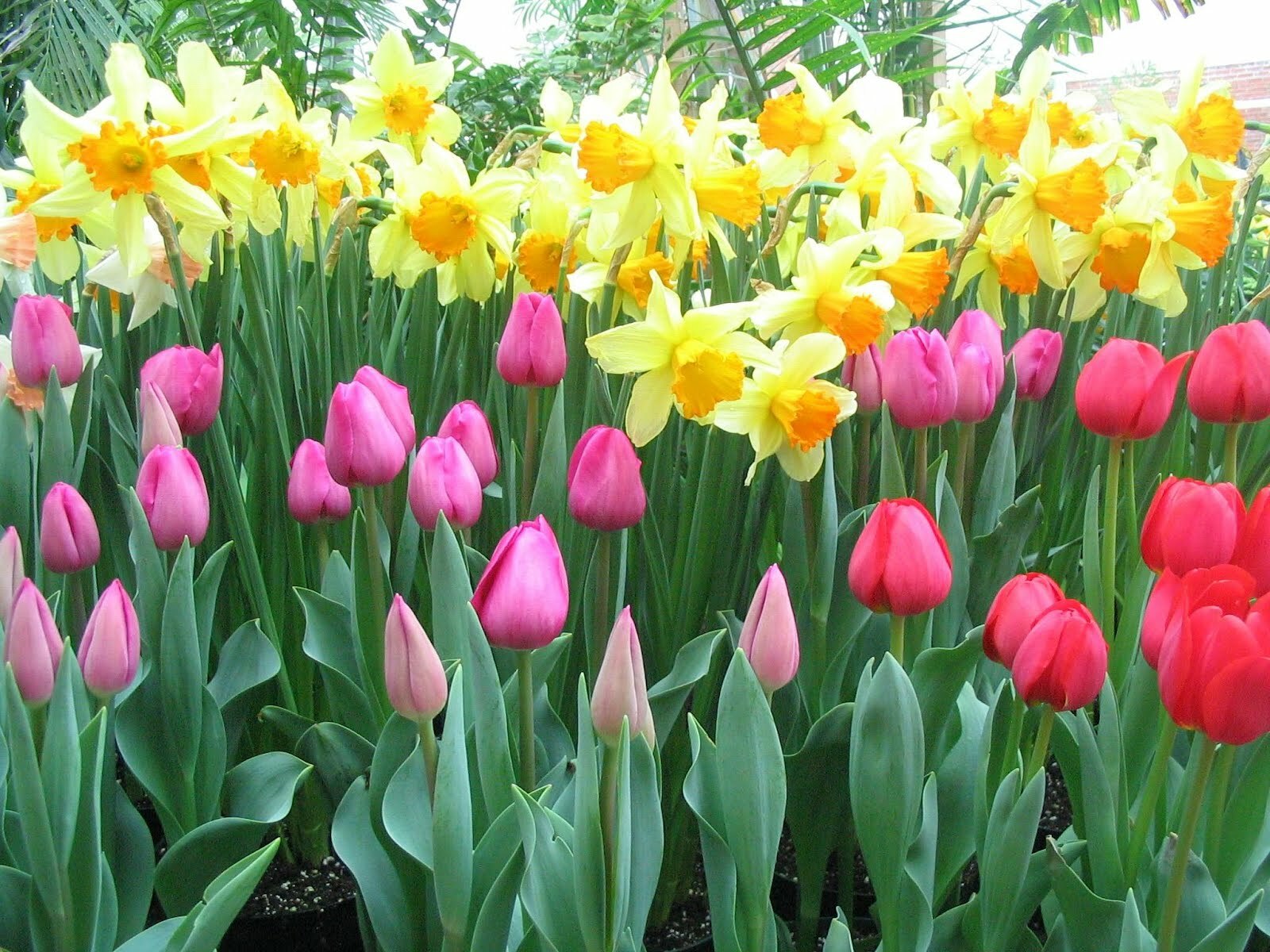 Spring Bulbs
Spring Bulbs
 Trillium
Trillium
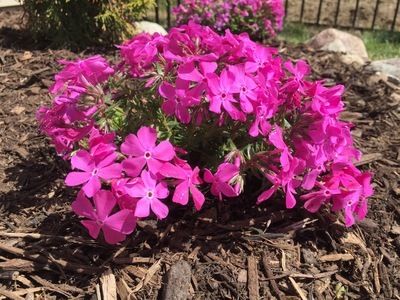 Shop By Zone
Shop By Zone
 Flowering Groundcovers
Flowering Groundcovers
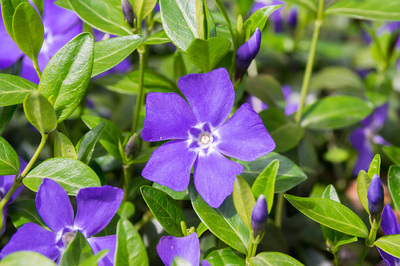 Evergreen Groundcovers
Evergreen Groundcovers
 Ferns for Zone 3
Ferns for Zone 3
 Ferns for Zone 4
Ferns for Zone 4
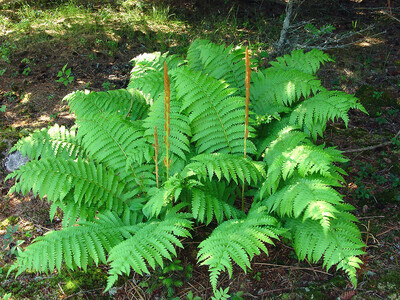 Ferns for Zone 5
Ferns for Zone 5
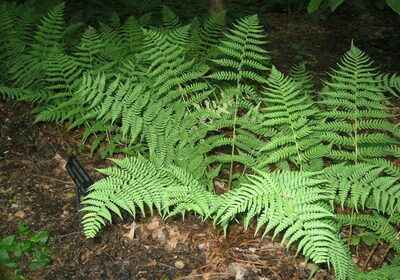 Ferns for Zone 6
Ferns for Zone 6
 Ferns for Zone 7
Ferns for Zone 7
 Ferns for Zone 8
Ferns for Zone 8
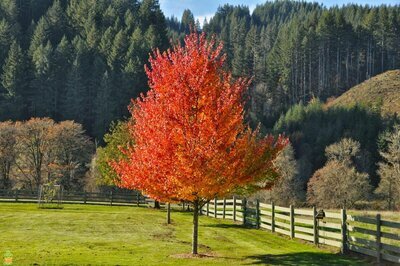 Shop Trees By Zone
Shop Trees By Zone
 Tree Seedlings
Tree Seedlings
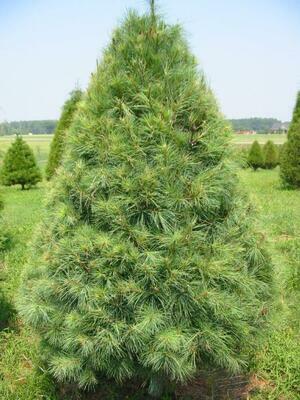 Fast Growing Trees
Fast Growing Trees
 Pine Trees
Pine Trees
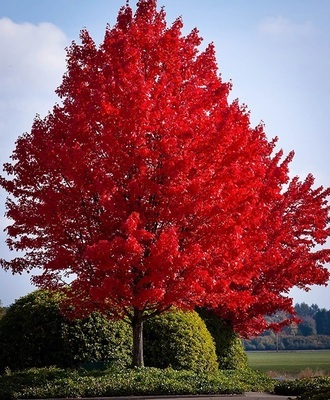 Live Stakes
Live Stakes
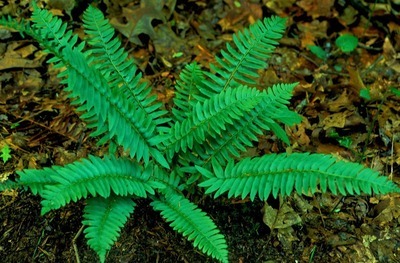 Evergreens
Evergreens





